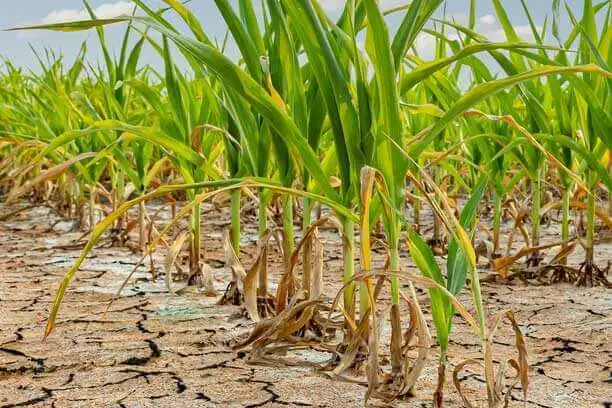How to Keep Your Farm Safe During Extreme Drought


Agriculture professionals must be prepared for severe weather threats year-round. Storms, flooding and early frost are concerns farmers and ranchers deal with every year. But extreme drought — once considered a problem primarily in the West — is now a widespread risk to agriculture production. As many areas of the U.S. battle extreme drought conditions, farms and ranches can minimize the impact on livestock and crops by following these steps.
While farmers and ranchers cannot predict the weather, they can make sure safety measures are in place to minimize the impact of severe farm drought. Livestock require extra care during extreme drought conditions. Make sure farm structures provide places where animals can find relief from the heat. When building or updating shelters, take summer shade patterns into consideration and keep shelters open-ended to give livestock the cooling benefits of wind flow.
During extreme drought conditions, decreased natural forage growth results in diminished feed available for livestock. Be prepared to provide supplemental feed earlier in the summer than you would during ideal forage conditions. Water for livestock is also crucial. If your farm or ranch operation relies on natural water sources such as creeks and ponds, you may need to set up supplemental troughs as natural water sources diminish. Truck water in and set up troughs in areas with limited sun exposure.
Drought conditions on farms and ranches typically lead to an overabundance of dust from fields and chaff from crops. These airborne pollutants create safety issues while operating farm machinery and can cause additional maintenance needs on the equipment itself. Take breaks during the workday to clean windows and safety lights and take extra time after shifts to clean engine components and air filters to ensure machinery operates efficiently.
Grain bin management is a top priority during periods of extreme drought. With proper aeration and cooling of stored grain, farmers can avoid potential fire hazards caused by excessive grain dust. Determine where crop dust accumulates in and on equipment and clean those areas frequently. For personal protection, dust masks are vital during harvest because respiratory problems are amplified in drought conditions.
Drought and high winds cause potential weakness in crops. Fallen crops lower crop yield and put extra stress on machines during harvest. Scouting fields can identify crops that should be harvested earlier than others. During drought conditions, inspect crops more frequently than during ideal growing conditions. Farmers may be able to adjust their harvest schedules to get the most crop yield possible from struggling fields.
While soil makeup is largely determined by the region of the country, soil’s water-holding capacity can be increased through good soil stewardship. Healthy soil allows more water to penetrate the ground and retains the water longer. Plan for drought by testing your soil and using moisture preservation techniques such as mulching, contour tilling and rotating deep-rooted and shallow-rotted crops to prepare the ground to withstand extreme weather conditions.
How vulnerable is your farm to extreme drought? Bookmark the U.S. Drought Monitor for weekly updates on agricultural drought conditions that may affect your farm or ranch operation. Also, check in with your Farm Bureau agent to make sure you have the proper ag-based business insurance to withstand severe weather threats year-round.